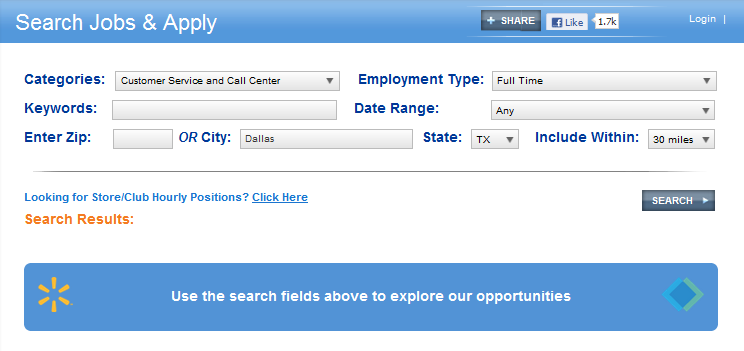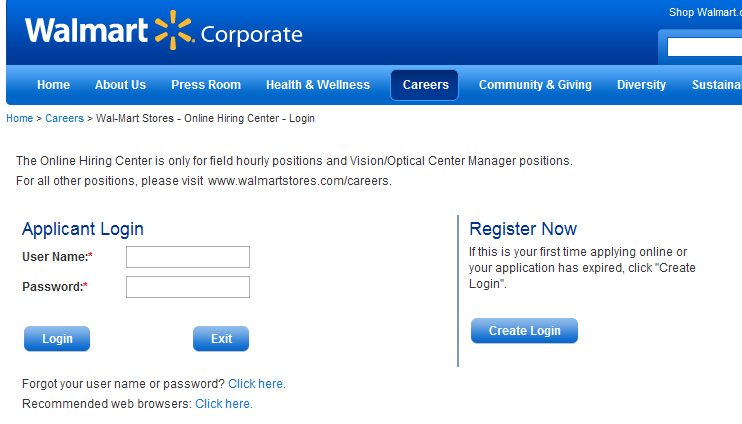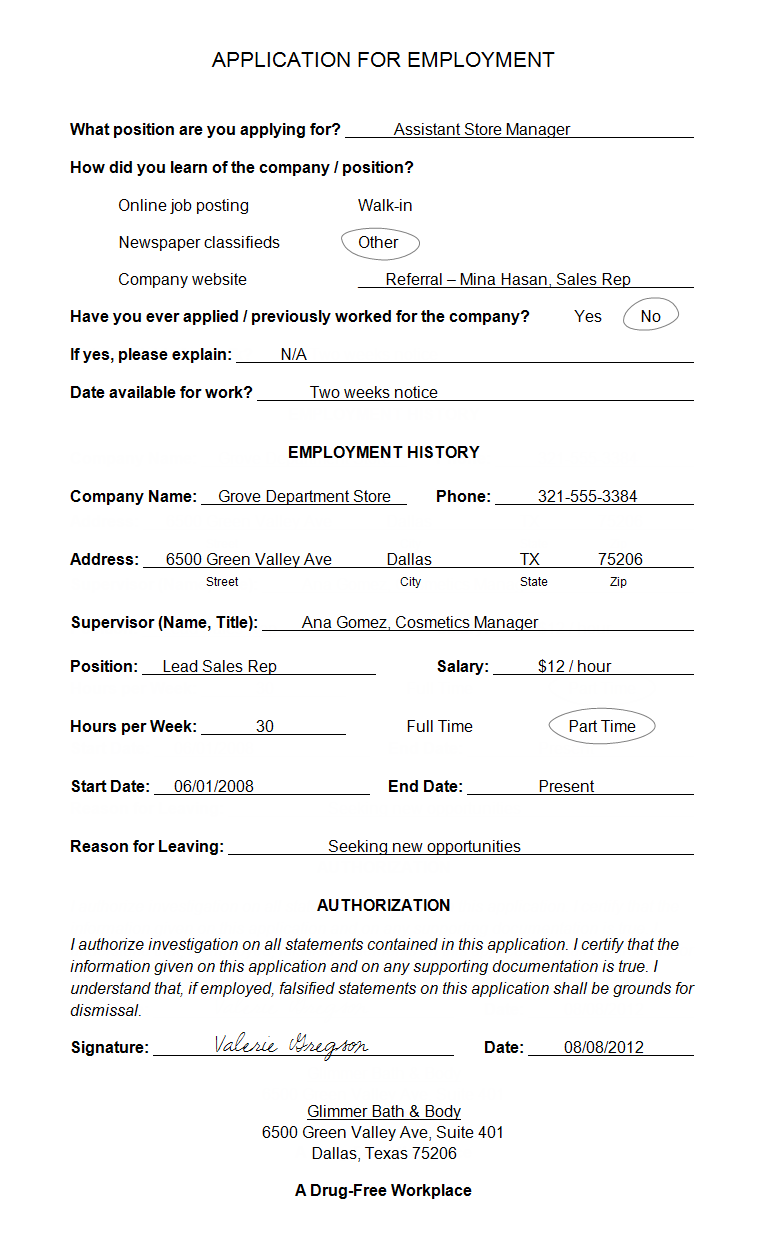

/en/jobapplications/obtaining-references/content/

For many employers, asking you to complete a job application is the first step in the hiring process. Depending on the circumstances, you might complete an application in person, online, or before an interview. Some employers require an application even if you've submitted a resume. Whatever the situation is, if an application is required, it should be taken seriously as an important part of the hiring process.
In this lesson, you'll learn the basics of completing a job application, including ways to answer common questions (and more difficult ones too). In addition, you'll understand the role of Affirmative Action and Equal Employment Opportunity Employers in the application process.
People who make hiring decisions often must read many applications in order to fill a position. Applications that are not filled out correctly are often rejected. To increase your chances of being considered, follow these basic guidelines.
Although some companies still use paper applications, most modern businesses require you to complete an application online—including national brands like Walmart, Bank of America, Ford Motor Co., and millions of others.
When you apply for a job online, you may be asked to create an account for the website, fill out a form, and/or attach your resume. Each online application is different. If you know what to expect, however, you'll be prepared for almost anything.
Many company career pages begin with a job search. This gives you an opportunity to search for a specific position or see if the company has any job openings. You can also narrow it down to your city and state if the company is a national brand.
To learn more about searching for jobs, visit our Job Search tutorial.
 Career page with job search
Career page with job searchTo apply for a job online, you typically have to create an account first. Because every company has its own website (and its own application system), you can expect to have to do this several times during your job search.
Your online application will contain a good amount of personal information (including your Social Security Number). Therefore, it's important to create a strong password to protect your account. For help, check out our lesson on Password Tips.
 Log in or register
Log in or registerMany online applications use forms that look similar to paper applications. They provide a place for you to enter your personal information and answer questions about your background.
If you saved your information in a document (for example, our Personal Information Worksheet), try copying and pasting your answers from the document into the form. This way, you don't have to retype the same information each time you apply for a job online.
 Completing a form
Completing a formSome companies ask you to provide a resume in addition to your application. If this happens, don't panic. Here are some tips and resources to help you prepare.
Each application is different, but many have certain questions in common. We've compiled a list of some of these questions and answers in the example below.
Use the interactive to learn more about common job application questions.

Employers ask how you found out about the job so they know which advertising or recruitment strategies are working.
If an employee, job recruiter, or other contact told you about the position, enter their full name and job title.
If you see the phrase drug-free workplace anywhere on the application, expect that you may have to take and pass a drug test in order to be hired.
Most applications include a short legal notice stating that all the information you've provided is true, and that the company is authorized to investigate anything they wish. If you falsify any information, you can be refused employment, or you may be fired if the employer finds out later.
Read over your information carefully, then sign and date the application.
Follow instructions, and provide the appropriate information for each employer. If you're currently employed by any of the companies on your list, enter present as the last date of employment.
Job hunting while currently employed can be difficult. For example, you may not want your current employer to know about your plans until you're ready to give your notice.
Most hiring mangers understand this predicament, and—if requested—will not call your current employer until they're ready to extend an official job offer.
Enter the position you're applying for. Don't leave this section blank, or write any or open. If you don't know the job title (or if don't have anything specific in mind), write the department you're interested in instead.
If you're applying for more than one job, ask if you should fill out more than one application.
If you're unemployed or if you've already made arrangements, you may know the exact date that you'll be available. If not, the standard practice is to give your current employer two weeks notice before you leave your position.
If the answer to this question is yes, follow instructions, and include details if necessary. For example: dates of application and employment, departments you worked for, and your supervisor's name and title.
Some questions are more difficult than others to answer. There are many reasons this might be the case—maybe you don't know what to say, or perhaps you're afraid the answer will hurt your chances of getting hired.
For help completing the more difficult parts of a job application, review the questions and answers below.
For more help filling out job applications, visit the resources below.

When filling out job applications, you may notice that a company is an Equal Employment Opportunity/Affirmative Action (EEO/AA) employer. What does this mean?
As a result of the civil rights movement, organizations and institutions with affirmative action policies promote diversity by recruiting minorities and women, as well as giving them special consideration in hiring, contracting, and admissions decisions.
Equal Employment Opportunity laws are designed to prevent the opposite from happening. They prohibit discrimination or mistreatment based on race, color, religion, sex (including pregnancy), national origin, age (40 and older), disability, and genetic information.
If you're faced with questions about race, religion, or something similar on a job application, it's up to you how you choose to respond. Employers are prohibited from using this information to make unfair hiring decisions, but they sometimes ask for their records.
To learn more about affirmative action and Equal Employment Opportunity laws (including how to file a claim if you feel you've been discriminated against), visit the sites below.
/en/jobapplications/dealing-with-online-application-headaches/content/